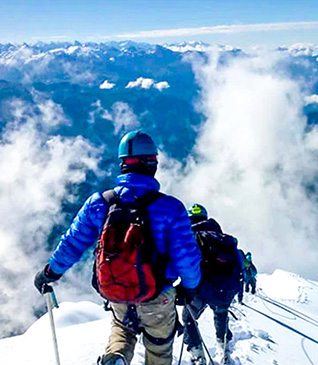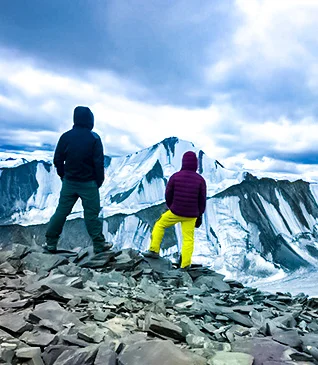Witness the adrenaline rush of the thrilling stories from the snow-white glaciers to heartwarming ones from the verdant green meadows. Experience both sides of the rustic mountains up north with fascinating real-life stories, updates, tips, interviews, and a higher climb into the trekking world and the mountains.
Coming straight from the locals, experts, trekkers, and highly-acclaimed pioneers, this newsletter will be everything you’ve been waiting for, a go-to for all mountain enthusiasts.
Note: This is a whole new series. To avoid it from getting lost in the spam or promotions folder, kindly mark it as important. Happy trekking!
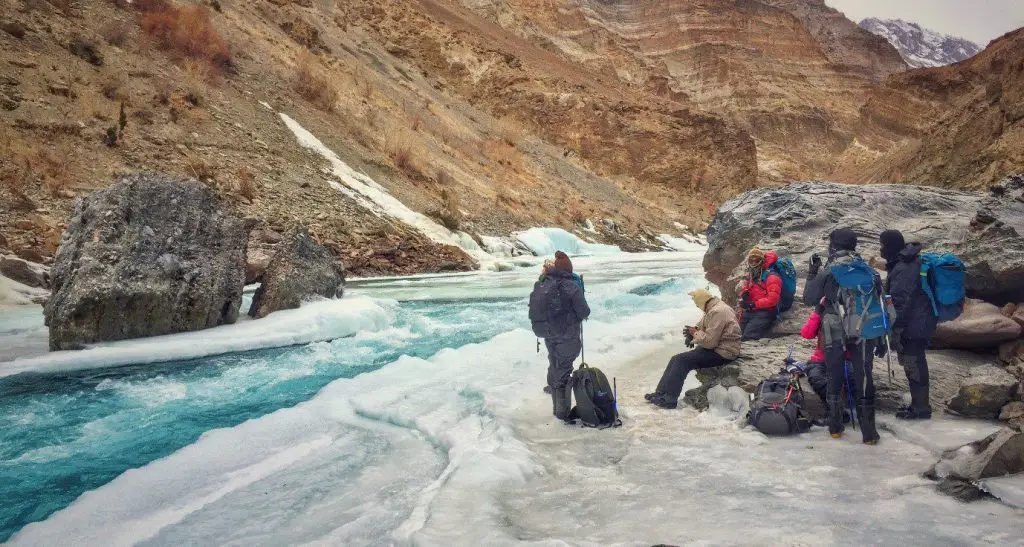
Future of winter treks in India: What legends/pioneers think?
‘Trekking’ was once reserved for summers and monsoons when flora and fauna are in full bloom when there are well-maintained trails. Winter Treks had only commercialised a few years ago, and spirits were drawn to the challenges and beauty it offered.
A Winter Trek in the Himalayas is a once-in-a-lifetime experience. From frozen lakes and rivers, knee-deep snow glistening like diamonds, snow-laden peaks, white carpeted trails, frozen waterfalls to the scintillating beauty of a white Christmas-like landscape. You get a whiff of paradise in every breath you take in the white Himalayas.
Winter treks only started in 2009-10 for the mass audience. Before this, going on a trek in winters with snow-covered trails and well-equipped gears was only considered an activity meant for dedicated mountaineers. It was too expensive and complicated for the commoners to consider trekking in the winters. Safety was also a concern because not many trek organisers were equipped enough to promise a safe summit. Hence only summer and autumn treks were considered ‘treks’, and winter treks were just a reverie. We conversed with the most celebrated pioneers in the field regarding winter treks and the future they hold.
The most celebrated female pioneer in the realm of mountaineering in India talks about initiation being the root of adventurous activities.
Bachendri Pal
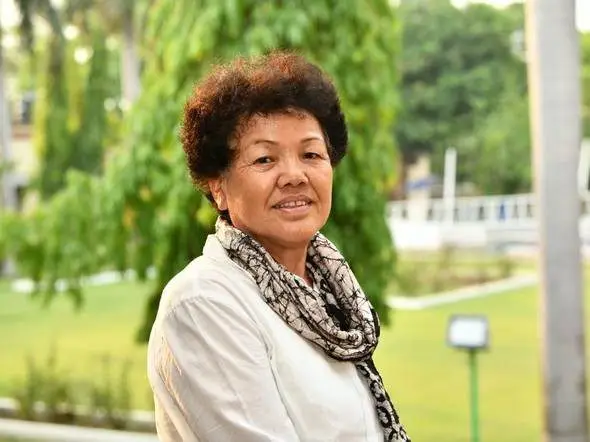
The first Indian woman to reach the summit of Mount Everest. Also, awarded the third-highest civilian award- Padma Bhushan by the Government of India in 2019.
“People usually stay in their comfort zones through summer and monsoon treks. In winters, they do not wish to come out of their houses. Why do that! Go out, explore, keep treks creative. It’s all about the initiative. Initiative to promote winter treks, to go on them and to bring your friends. People often think it’s not safe enough, but nothing should hold you back from an adventure. Challenges are important.
There’s definitely a future in winter treks. The participation of women is increasing. Things are getting better. Moreover, the interest of people altogether is rising, blowing confidence and enthusiasm among them. With safety always being the priority, one should live the challenges winter treks hold in them.
One goes through a whole learning process while trekking, finding oneself, teamwork, exploring new cultures, and meeting new people are some factors that evolve you.
Moreover, TTH has always been doing an impeccable job in the industry, and I wish them all the best.”
- TTH themselves found the Kedarkantha trek and the Khaliya trek in 2010-11. Kedarkantha, at one point, used to be a two-day summer hike; the advent of winter treks discovered new trails and camping grounds in the region that gave the mountain enthusiasts what they have today.
- Winter Kuari Pass today is recognized as a spectacular snow trek, but only ten years ago, it wasn’t such a sought-after winter adventure. Since no snow-safe itinerary was sketched out, not many people ventured into these parts until Trek the Himalayas founders Rakesh and Sandeep brought together a group of four to explore the depths of Kuari after snow.
Check out the article here to know how the TTH Recce Team Found this Quintessential Himalayan Snow Trek. (Click Here)
- Chadar trek, too, was only musing back then, with high sky prices. In 2016, different trekking companies started conducting the Chadar trek at affordable prices, and hence today, one can experience a walk on the ethereal river of ice.
”I remember I only heard the enchanting story of this river in Ladakh which freezes and let’s you walk on it, I lost my mind! No matter how much I wished to experience it, there was no way I could. After a certain amount of time passed, I could see offers for this Trek everywhere at good prices. The Chadar trek was finally accessible to us!” says Rohit Madan, a mountain enthusiast.
- Dayara Bugyal was started as a winter trek for the first time when NIM (National Institute of Mountaineering) took their guide course attendees here, resulting in the discovery of new trails and enchanting experiences.
Treks have systematic segregation now, which gives trekkers a wide range of choices according to what their physical capabilities allow.
Wg Cdr Amit Chaudhary
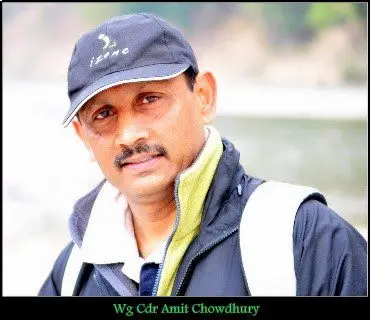
Awarded the Tenzing Norgay National Adventure Award at the Rashtrapati Bhavan on 29th August 2014 for his outstanding contribution to the field of Mountaineering says-
“Winter treks have a bright future with the constant improvement in trails, clothing, and equipment.
Winter treks are way more enjoyable, sometimes challenging. There’s a lot of segregation within the treks on multiple levels so that a trekker can choose their winter trek according to their potential.”
TTH initially, as winter treks arrived, had 200-300 trekkers per year for these white adventures, which, compared to now, has made pretty decent progress. Every year at least 3000-4000 trekkers join the winter treks we offer and take home loads of these fond reminiscences home. This number of trekkers keeps increasing every day as the curious, adventurous minds step out of their comfort zones.
The thrill comes along with challenges. Hence safety should always be a priority.
Luvraj Dharamshaktu
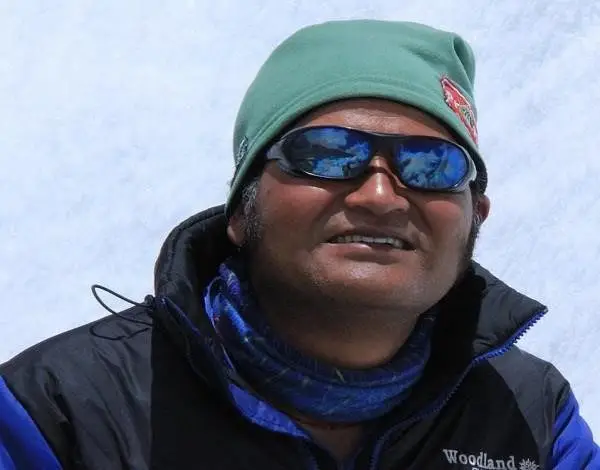
An Indian mountaineer who has climbed Mount Everest seven times. The Government of India awarded him the Padma Shri in 2014 says-
“Winter treks would surely hold a supreme stand in the future. However, it’s important to note that companies should focus on safety measures and the treks’ quality because winter trek is challenging. Also, local and small treks should be promoted during winters.”
TTH has always been the leading company in winter treks with its highly experienced staff, top-notch gear and equipment, and extensive knowledge of treks. When it comes to winter treks, safety measures need to be a top priority, and TTH counts as the most prominent trekking company in terms of safety measures and on-time action in emergencies.
Lockdown 1.0 jailed the mountain goers inside their homes and only loosened up along the chime of winter bells. People packed their bags to breathe in the brisk mountain air. Trekkers followed their drive towards the Himalayas as soon as the entry in Himachal and Uttrakhand started, i.e. during Nov.- Dec. Hence the only treks that bloomed during COVID were winter treks. Kedarkantha, Brahmtal, and Winter Kuari Pass were the most booked treks during this time.
Winters add thrill to the already thrilling expeditions, making them a must-go in this season.
Snowboarding and Skiing - A flourishing winter sport in India
“I always wanted to snowboard but thought I would have to go to Europe or Canada to do it,” says a 32-year-old enthusiast. “I was thrilled to see you can do it in India as well.”
Developed in the United States in the 1960s, snowboarding has been catching on in India. The country’s northern frontier, which receives most of the snowfall, is a winter sports hub.
The Indian Himalayas are blessed with verdant meadows and vast natural slopes. A lot of the US slopes are man-made. Government too fully supports the development and functioning of skiing and snowboarding in India.
Earlier, India only had Gulmarg and Auli as conventional snowboarding and skiing spots. There were no ropeway conveniences for snowboarding back then, and one had to perform an uphill trek to the top of the mountain to slide down the hill. Technology brought with it a more straightforward traverse hence increasing skiing and snowboarding spots in India. Now Snowboarding and skiing are performed in multiple sites in India, including Pahalgam, Gulmarg, Rohtang Pass, Mundali, Solang Valley, Kufri, Auli, Narkanda, Munsiyari, Yumthang Valley, Sethan, and Phuni Valley. However, Auli remains the best and the most popular among all.
“Auli was once the training grounds for the Paramilitary forces was adjudged by the French and Austrian experts who compared it with the best skiing grounds of the world, and rated it as one of the best,” tells Pooja, the trekking expert at TTH.
Check out our Auli winter skiing package here.
In India, Manali is the only place where Heliskiing is conducted every winter. Heli-skiing, an expensive sport, is done on the slopes around Hanuman Tibba, Rohtang Pass, Deo Tibba, and Chandrakhani Pass near Manali. A sortie of mere ten minutes does carry the skier to over 14,000 feet high slopes.
A radiant future watches the way of snowboarding and skiing in India. “It is sought to become the most popular and prominent winter sport in the coming 10-12 years, with new slopes getting discovered, technology flourishing, and enthusiasm surpassing heights among the youth today.”, says Mr Rakesh Pant, the Co-Founder of TTH.
Wg Cdr NK Dahiya
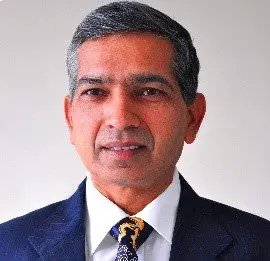
Former director of Indian Mountaineering Foundation
“Going on winter treks would mean going from slightly cold temperatures to frigid temperatures. Mountain lovers express their love on different levels. First are the people who go to hill stations for vacations, then come the ones who love to trek and the last ones are mountaineering enthusiasts. No matter which category you fall in, mountains in winters are worth every sweat and penny, also making treks and mountaineering more challenging, thrilling, and interesting. One should no doubt go for it.”
Mountain lovers of all kinds, whether trekkers or kids visiting hill stations, love to dive into the snow-covered pinnacles. Summer or monsoon treks only enable you to witness snow after reaching a high-altitude area. In contrast, winter treks let you experience a white Christmas landscape at the base camp as you begin your journey.
The advent of Winter Treks & Employment Opportunities
One single trek brings with it a plethora of employment opportunities; It’s a whole industry carrying thousands of families with villagers that work as mule handlers, cooks, gear renters, guides, hotel businesses, homestays. Etc. Until a few years ago, only summer and autumn treks stood in functionality, making treks a seasonal affair. All of these workers were only periodic as there remained minimal trekkers and tourists at this point. They migrated to the cities in search of work during the winter season. Winter treks’ advent brought them further employment opportunities and finally made trekking an all-year-round matter, ascertaining full-time employment opportunities. This caused seasonal workers to move back from the rugged city life to their sheltered homes and spring with full-time work or businesses, causing Reverse Migration. Furthermore, transportation bloomed, as, contrarily, winters were a retired time for transport operators due to minimal tourists and heavy snow at some places.
Pantwari is the base camp for treks to the 3,022m Nag Tibba peak. Tourists seeking less crowded, quieter, unexplored destinations are making their way to this tiny village of about 600, giving them added opportunities to earn a being from their abodes.
According to the 2011 Census, there are 968 uninhabited villages in Uttarakhand, and 3.36 lakh houses are locked in the 13 districts of the state. But as the times change in these parts, as new treks are being discovered, employment opportunities are growing.
Local entrepreneurs are competing with professional adventure firms by wooing trekkers with homegrown experiences. Balbir Negi, a villager, offers homestays in traditional Garhwali houses with slate roofs, mud walls, and wooden floors. Locally-grown rice and vegetables are an added attraction.
Rajat Singh Bhandari, a mason who used to migrate for work, says that after years of minor to no work in the village and migrating to different cities during the winters, now he is a busy man. The trekking industry has made locals prosperous, and they are building new houses or renovating old ones. “Many new shops have come up in the area,” says Birendra Sharma, a shopkeeper.
Raveena Gosai, a housewife in nearby Mogi village, says there are still many deserted hamlets. “But we have enough natural attractions on these treks to draw people from cities and bring the villages back to life,” she quotes.
Pardeep, Gram Pradhan, Lohajung says, “This village was dry a few years ago but being a base camp for few major treks, now flourishes with trekkers in every corner. Most of the villages are employed in trekking-related activities or hospitality. There are homestays, shops, gears and miscellaneous dealers, trek guides, or mule operators at every corner here.”
Sandeep Rawat, Co-founder- Trek The Himalayas says “TTH always thrives on involving the locals by employing local vendors and workers for all the trekking-related activities. We believe that no one appreciates the mountains, every nook and corner of it, better than someone who’s been nurtured among them. A local worker would always be better trained in knowledge as well as the physical technicalities involved in trekking and other mountain-related activities.”
Trends and Challenges
With an estimated growth of a CAGR (Compound Annual Growth Rate) of 17.4% from 2017 to 2023, the future of the adventure tourism industry looked promising in India. In recent years, trekking has experienced unmatched levels of popularity, proving to be a viable industry unto itself. A growing Indian population, social media, and changes in the way people travel have taken people away from leisure travel and touristy spots, which has led to an increase in trekking in India. Mountaineers and trekkers worldwide are attracted to the Himalayas' pristine beauty.
When it comes to winter treks, the times are changing. Trekking enthusiasts are seeking new avenues of exploration, and no longer want the conventional aspects of trekking. It is their desire to feel more adrenaline, to experience more rugged terrain, if they have walked on snow before they would want to run over it now. There can be no doubt that the trekking industry is constantly changing and actively blossoming, as the interests of normal people toward adventure and trekking have grown.
There are still numerous winter treks left to be explored all over the Himalayas that are probably being footprinted by a shepherd far over the remote mountains as you are reading this. All of Sikkim is yet to be explored; parts of the Kumaon mountains are still left unfathomed. Multiple sparking trails and challenging terrains are still to be brought to you adventurous souls.
At TTH, we are exploring new treks in the Himalayas, particularly Himachal Pradesh, which will soon be out for bookings!
Despite the fact that the trekking industry is flourishing in all its colours, it certainly has its challenges. Exploring new and undiscovered trails can be challenging and dangerous at times since even after being fully prepared, the mountains can be unpredictable and one isn't sure of what lies ahead. In addition, with the new trails opening up, dealing with government restrictions is another concern that takes time and effort. In the functioning of the new treks, audience marketing and persuading them are essential aspects. New audiences can prove particularly stimulating to convince to experience trekking, so once they do, they quickly become enamoured with it. It is important, however, to start strong. Putting on effort and fighting through all the challenges one faces will help one bloom as the rewards that await are priceless.
TTH and winter treks
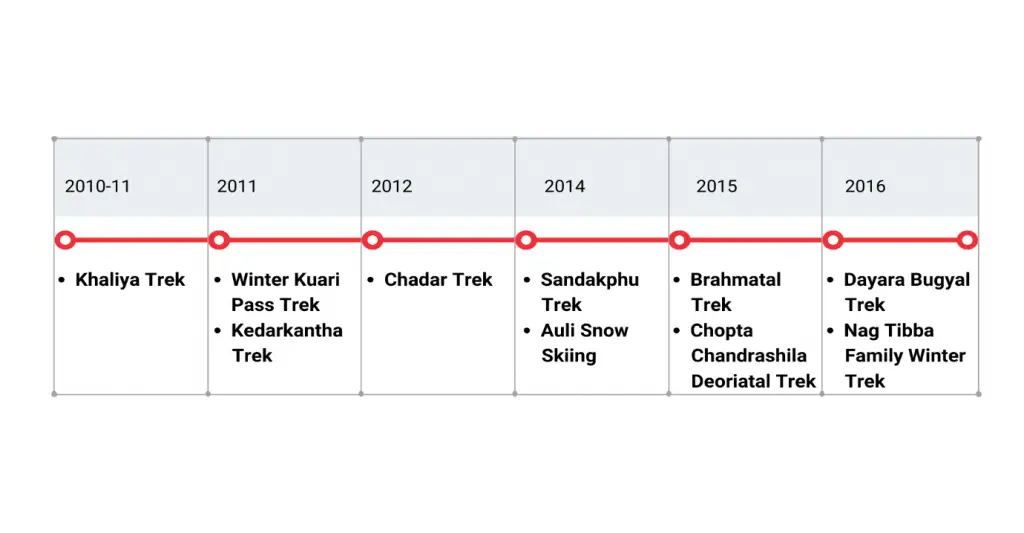
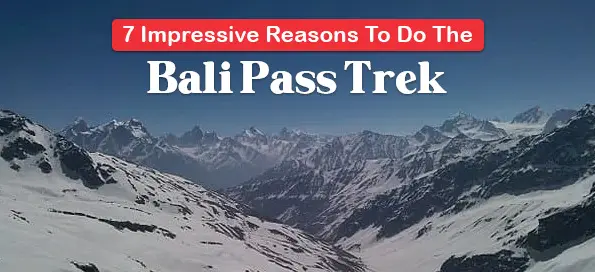
7 Impressive Reasons To Do The Bali Pass Trek
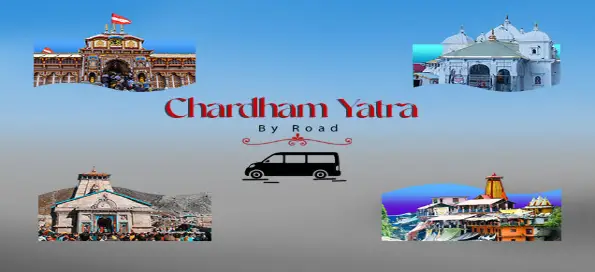
CHAR DHAM YATRA PACKAGE
.webp)
Buran Ghati and Rupin Pass Two Mesmerizing Treks in Himachal
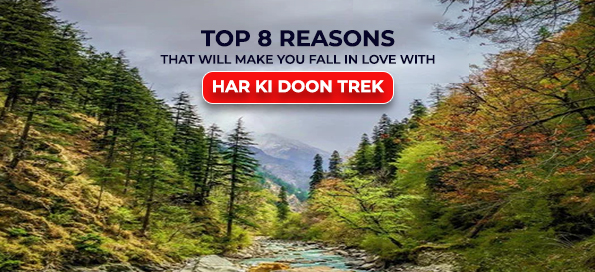
Top 8 Reasons That Will Make You Fall in Love with Har Ki Doon Trek
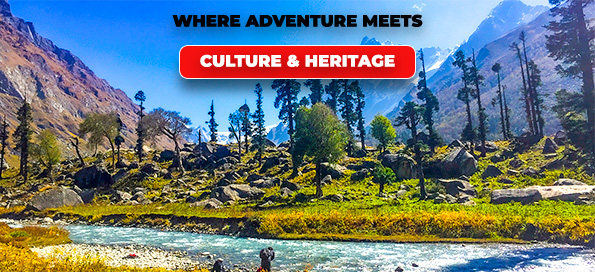
Where Adventure Meets Culture & Heritage
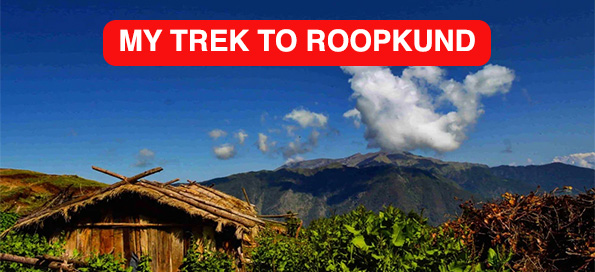
MY TREK TO ROOPKUND
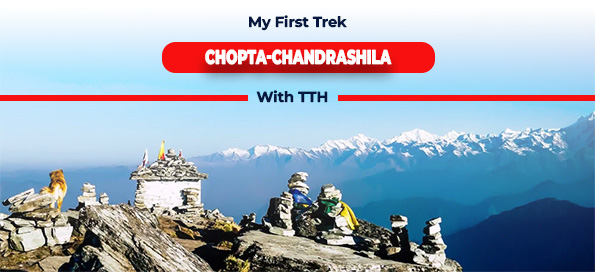
My First Trek Chopta-Chandrashila with TTH
.jpg)
A Tale of Har Ki Doon Trek
.jpg)
Bramhatal Trek
.jpg)
How to measure Chadar trek (and perhaps some bit of life)?
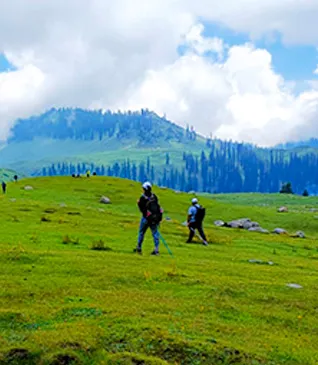
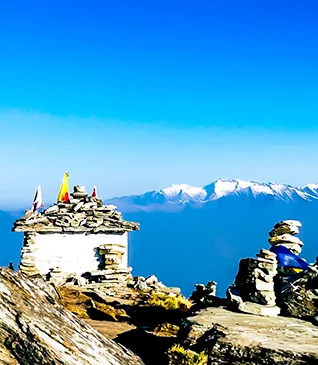
.webp)
.webp)
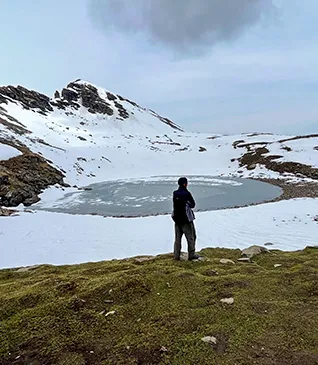
.webp)
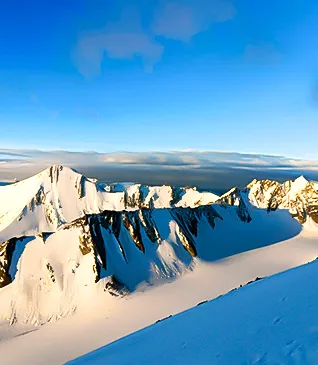
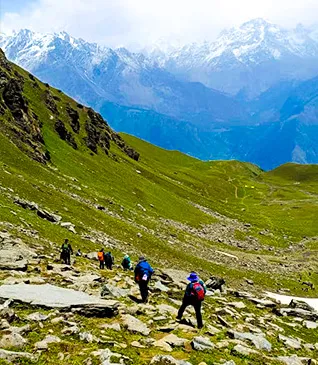
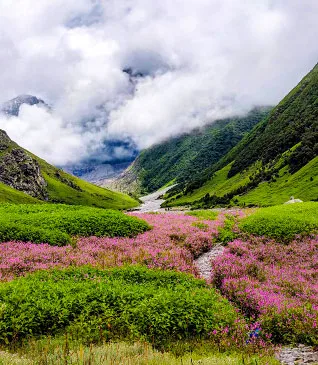
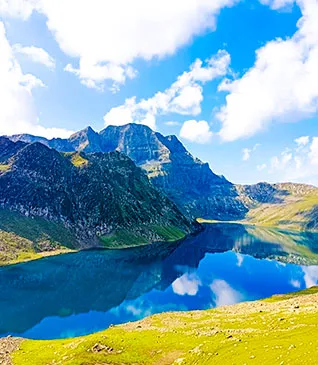
.webp)
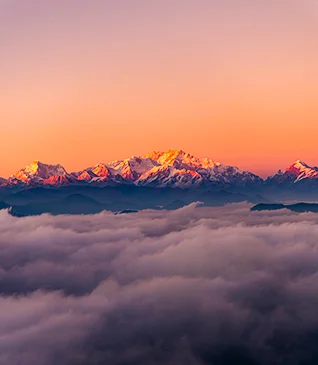
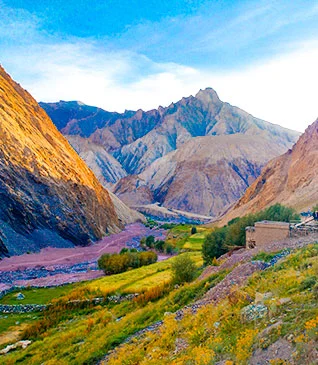
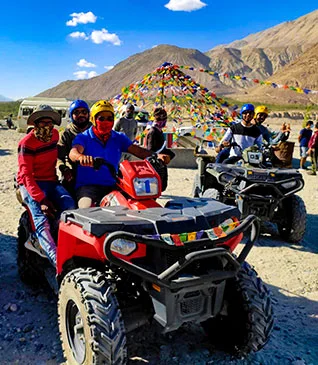
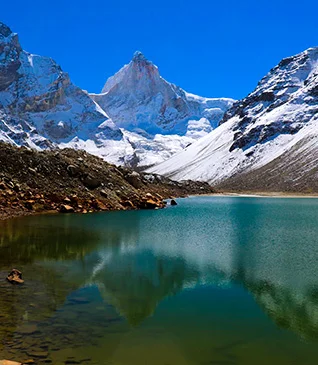
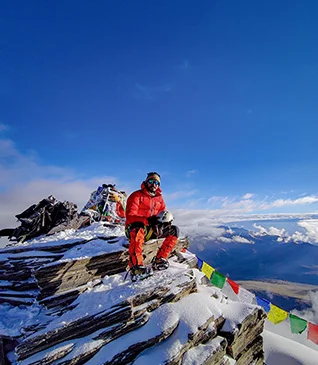
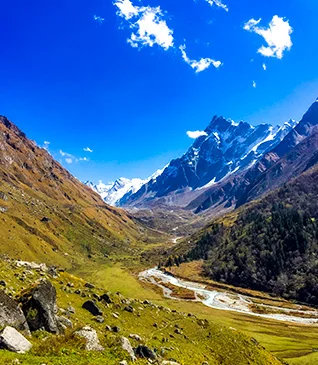
.webp)
.webp)
